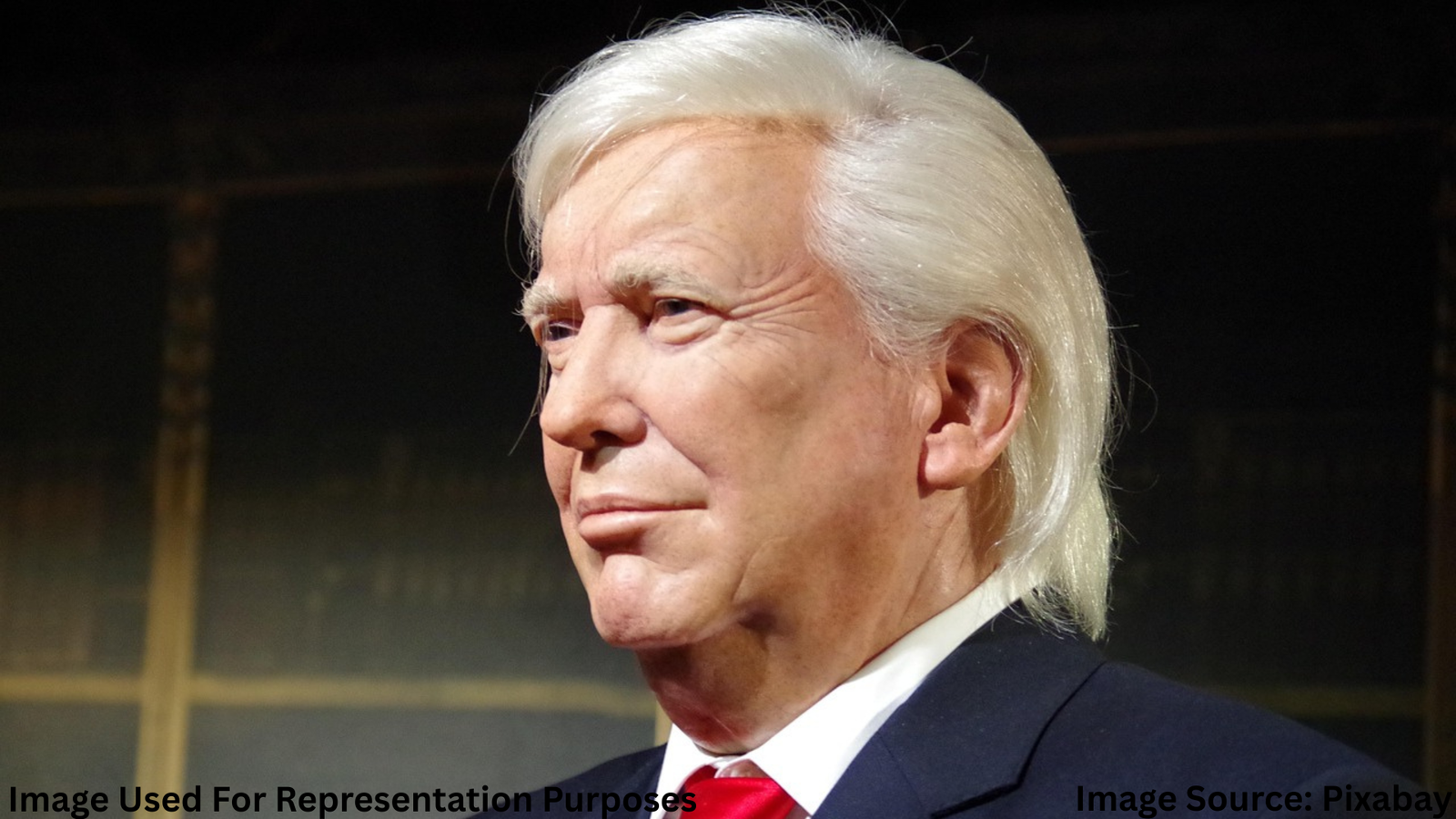
What Are Additional Tariffs?
With additional tariffs announced by the U.S. government, the economic and political landscape is once again shifting. Tariffs—essentially taxes on imported goods—are used to make foreign products more expensive, giving local industAdditional Tariffs Announced
While the theory is simple, the real-world implications are complex. Whether you’re a small business owner, a consumer, or an international supplier, these tariff hikes could affect your wallet, your job, or your supply chain.
What Sparked the Tariff Announcement in 2025?
In mid-2025, the Biden administration announced additional tariffs on a range of products, citing ongoing trade imbalances with China and unfair competition practices. According to the Office of the U.S. Trade Representative, these tariffs are “targeted measures designed to protect strategic industries.”
This move followed months of internal reviews and lobbying from American manufacturing groups.
“We’ve seen too many American factories shuttered while foreign competitors flood our markets,” said U.S. Commerce Secretary Gina Raimondo.
Industries Affected by the New U.S. Tariffs
The newly announced tariffs are aimed primarily at the following sectors:
Electric Vehicles (EVs): Imports, especially from China, will face a 100% tariff.
Solar Panels & Batteries: A 50% increase on foreign-made clean energy components.
Steel & Aluminum: An additional 25% tariff is reinstated.
Semiconductors: 35% duty on non-domestic microchips.
These sectors were chosen strategically to boost America’s manufacturing autonomy in green energy and high-tech industries.
Real-Life Impact: A Tale from a Midwest Manufacturer
Tom Hensley, owner of a small solar panel assembly plant in Michigan, was on the brink of shutting down last year.
“Chinese panels were so cheap, I couldn’t compete. Now that additional tariffs are announced, I can finally bid on state contracts again,” he shared.
Tom’s story isn’t unique. Across the Midwest, factories that struggled under previous global price pressures are seeing a small but promising resurgence.
China in the Crosshairs Again?
Much like previous rounds of tariff escalations, these new measures heavily target Chinese products. In fact, over 70% of the affected imports are Chinese in origin. This rekindles memories of Trump-era trade battles, though the tone this time is more strategic than combative.
China has already called the move “unilateral bullying,” vowing to retaliate through its own tariff regime.
Political Reactions and Public Opinion
Reactions have been mixed. Republican lawmakers call the decision “too little, too late,” accusing Democrats of adopting Trump-style protectionism. Meanwhile, progressive groups applaud the administration for safeguarding climate tech jobs.
A recent Gallup Poll showed 48% of Americans support the tariffs, 32% oppose, and 20% remain unsure.
What This Means for Consumers
While protecting American jobs sounds good in theory, consumers may soon face higher prices. For instance: EV prices could rise by 10–15% due to increased costs on imported components, solar installation packages might get pricier, electronics like laptops and smartphones could also see a price bump.
For families already battling inflation, this shift could feel like an added burden.
A Look Back: U.S. Tariff History and Trends
Tariffs have a long, controversial history in American politics—from the Smoot-Hawley Tariff Act of 1930 (which many blamed for worsening the Great Depression) to the 2018 trade wars under Donald Trump.
The 2025 policy marks a nuanced return to economic protectionism, albeit with a stronger focus on national security and green innovation.
Expert Insights: Is This the Right Strategy?
Economist Dr. Rachel Nguyen of NYU argues the policy is “a temporary fix that could hurt long-term innovation.” However, others like Prof. Mark Halberd from Georgetown believe that “these additional tariffs announced will stabilize domestic industries critical to America’s future.”
Conclusion: The Road Ahead for U.S. Trade Policy
With additional tariffs announced, the U.S. is doubling down on its vision of a self-reliant economy. While the benefits to domestic industries are clear, consumers and global partners are bracing for ripple effects.
Ultimately, the success of this policy depends on how effectively it stimulates local production and whether it can coexist with global cooperation.

Akalumhe Jefferson is a content writer with a new found interest for crafting engaging stories that transport readers to new worlds. Although no current actual background in creative writing but there’s active love for writing



